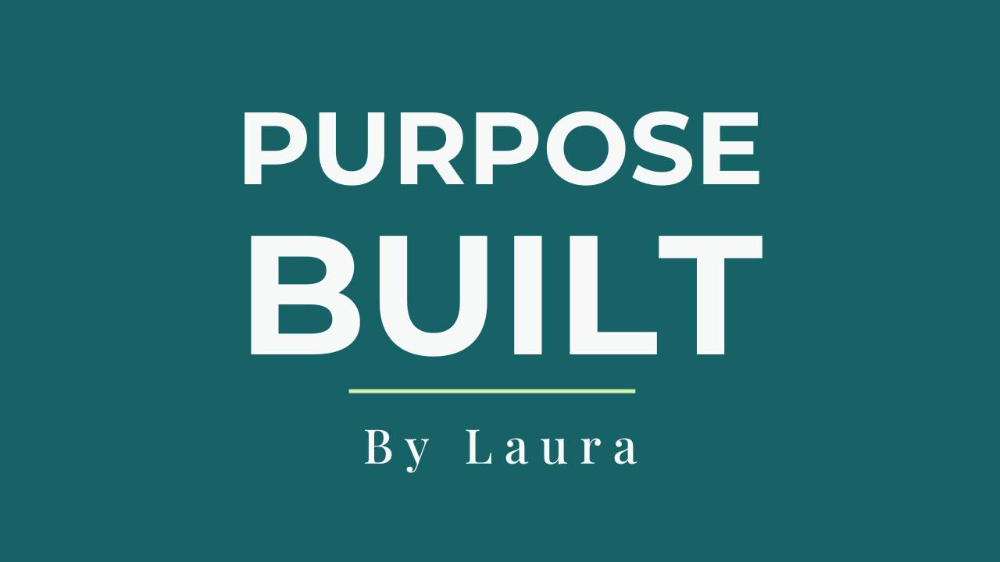How much should you pay yourself?
How much should you pay yourself? The age-old question of how much do we need to make vs how much are we actually making vs how much do we want to make.
Many of us start our businesses because we want something different — a values-aligned business, the freedom to work for ourselves instead of “the man,” flexibility, or simply the chance to create a life on our own terms rather than being carried by the momentum of corporate life.
But we also need our businesses to be financially sustainable. No matter how purpose-driven you are, you need to make money to keep doing what you do. As I’ve said before, if you aren’t bringing in revenue, you just have an expensive hobby.
If you were hoping for a specific dollar, euro, or GBP amount in this post — sorry, I can’t give that to you. The cost of living and business expenses vary too much.
What I can give you is a framework. Because I see many founders who don’t know their numbers or have unrealistic expectations for when revenue will actually start flowing.
So, here’s a practical way to think it through — and to understand when you might start paying yourself what you need.
Note: This post focuses on service-based entrepreneurs — coaches, consultants, freelancers, and small agencies. If you’re running a brick-and-mortar or product-based business with high start-up capital, the same principles still apply, but your cost structure and startup runway will look quite different. If that’s you, let me know — I can share a version tailored to your model next.
Step One: How much do I need to make in the next 12 months?
You need to know your budget. Think: housing, food, transport, dependants, personal health or other insurance, debt minimums, etc…
So first, you're going to find you “calm number.” Your calm number is how much you need to live. It is not your bare minimum - it’s a number that covers your essentials and keeps your nervous system steady. You can’t focus on building the business if you’re worried about how you’re going to pay next week's bills next week. Use any basic budget template.
For example, if your expenses are €3,000/month, your calm number might be €3,500 to leave breathing room for emergencies.
Step Two: How much does your business need to make?
Next, we’re going to work backwards from your calm number and find a minimum business revenue number for year one. This is enough to keep testing, failing, iterating, and doing it all again without panic.
To figure that out, use a business budget template or this spreadsheet. Your calm number goes in the salary line. Don’t forget taxes or any reinvestment. Reinvesment in the company could be in tech tools, your website, conference(s), your professional development, or tools that make your client experience really great.
For example, if you want to pay yourself €50,000, your business might need to bring in €75,000–€90,000 to cover taxes, costs and reinvestments.
Step Three: When are you likely to make your calm number?
Now, before we can talk about making enough to buy that second home or send your kid to a US college, let's help you set a realistic timeframe for when your revenue will reach your calm number.
Here is a quick guide.
You are likely able to make that in the first 0-3 months if:
Your business is in the same field as your background — you’re basically doing the same work, just under your own name. Or, you’re transitioning gradually with part-time consulting or contracting while building your business.
This means you:
- Can name five to ten warm contacts who already trust you and know your value.
- Have a clear offer that you’ve delivered before, and social proof to back it up (case studies, outcomes, references).
- Are confident you can secure a mid-size project or one to two retainers from your network.
This might take longer if…
- You weren’t able to network until you left your role, or you have a non-compete.
- Lag times for contracts or payments are longer than 60 or 90 days.
You are likely able to make it in the first 3 - 6 months if:
You’ve been prepping your exit. You've spent time in the last year building your “brand,” doing a certification, or becoming visible as a thought leader. You can hit the ground running.
This means you:
- Already have a backlog of useful content and have a regular posting/network communication schedule and system. While it should always be evolving, you already know what you want to say and are saying it.
- Can line up 10 networking calls/month, and you could offer to test your initial offers or ideas. You can start doing market research with your ideal client.
🔥 Accelerators that pull you from 3–6 months to 0–3:
- Convert one ex-employer or trusted person in your network into a well-paying engagement.
- You can productize a clear, fixed-scope offer (easy yes; fast close). It might not be what you end up doing forever, but you have something in line with where you want to go.
- You get a subcontract to a trusted agency/peer for 90 days to stabilize cash.
You are likely able to make in the first 6-12 months if:
You made a major career change. You’re doing something totally new. So you’re not only learning the new field and how to do your craft, but your network also knows you as someone with a completely different expertise.
This means you:
- Have your network from your training(s), but need to build a new professional community.
- Need to test and refine your offer to see how your skills translate.
- Are spending more time building credibility — sharing your thinking, showing your process, and connecting with peers.
- Know you could make “easy” cash in your old field, but chose this path intentionally — you’re playing the long game.
🔥 Accelerators that can pull you from 6–12 months to 3–6 months:
- Pick a narrow niche and stick with it for 3 to 6 months. One ideal client, one dream outcome, on offer. You develop an offer and continue to push and iterate on it.
- Reach out to 10 new peoplel each week. Offer workshops or webinars, meet your ideal client and interview them, or get on other people’s platforms.
Across all stages, here's what could drag you down:
- You think you don't need to do weekly outbound content (ie. warm intros, follow-ups, pitches).
- Your offer is vague and sounds like a job description rather than solving somone's pain point. It has no clear outcome, timeline, or scope.
- You depend on cold content only (ie. posting and praying).
- You give up on an offer before really testing it.
No matter where you fall, it’s important to set reasonable expectations for yourself. That means being realistic about your calm number, how many clients you need, and how you’re going to find them.
Know your baseline so you can build from a place of stability, not stress. When you know what “enough” looks like, you make better decisions about your offers, your clients, and your time.
And remember — the goal is to build something sustainable and aligned with the life you actually want.
Not sure where to start? I’ve got you.
Start by figuring out your calm number, then play around with this.
And, let me know what you think.





Responses